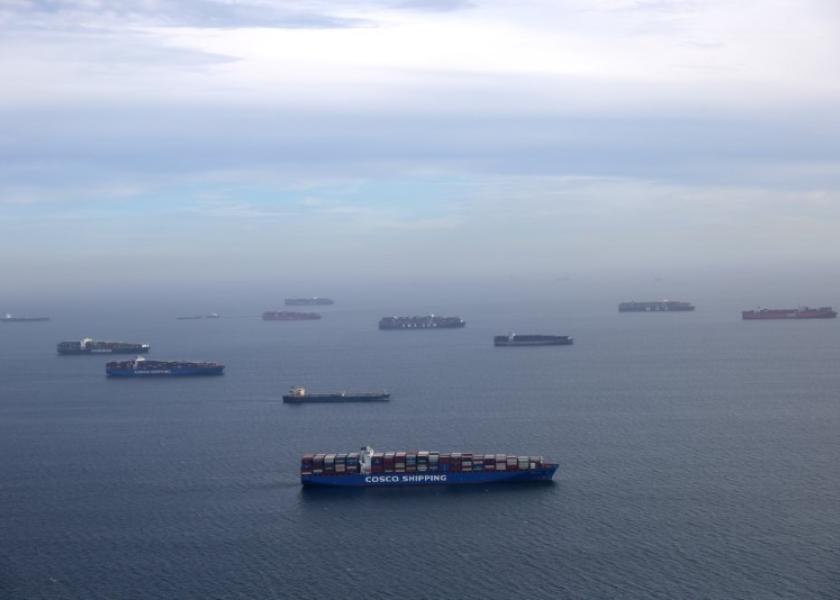Port Problems Continue as Single COVID-19 Case Partially Shutters World's Third Largest Port in China

Shipping issues continue to surface. The latest is in China’s Ningbo-Zhoushan container port, which is the third-busiest in the world. It has been partially shut down for six days, with no sign of reopening yet.
The Meishan terminal, which is the one that’s halted, services shipments to the United States and Europe. The Chinese government halted inbound and outbound container services on Wednesday, Aug. 11, after reports say a single employee tested positive for COVID-19. On Wednesday, the port posted the news, but no update has been released since.
China shut down one of the biggest ports in the world due to 1 positive Covid case, according to reports, adding to port congestion and high freight rates. #corn #soybeans #oatt — Arlan Suderman (@ArlanFF101) August 16, 2021
China has strict measures in place to try to tame the spread of the virus, which means more shipping and production hurdles could continue to happen, further putting a strain on an already fragile supply chain.
The latest port problem comes less than two months after a COVID-19 outbreak impacted ports in southern China. At that time, it was forecast the issue would take at least a couple months to clear, but would have a linger effect for months.
It’s not just an issue of finding containers; container shipping rates have also skyrocketed. Container shipping rates from China to the United States hit fresh highs last week, skyrocketing above $20,000 per 40-foot box. The added costs and issues in sourcing containers come as demand is expected to increase in the coming months with peak U.S. retail shopping demand ahead of the holidays.







